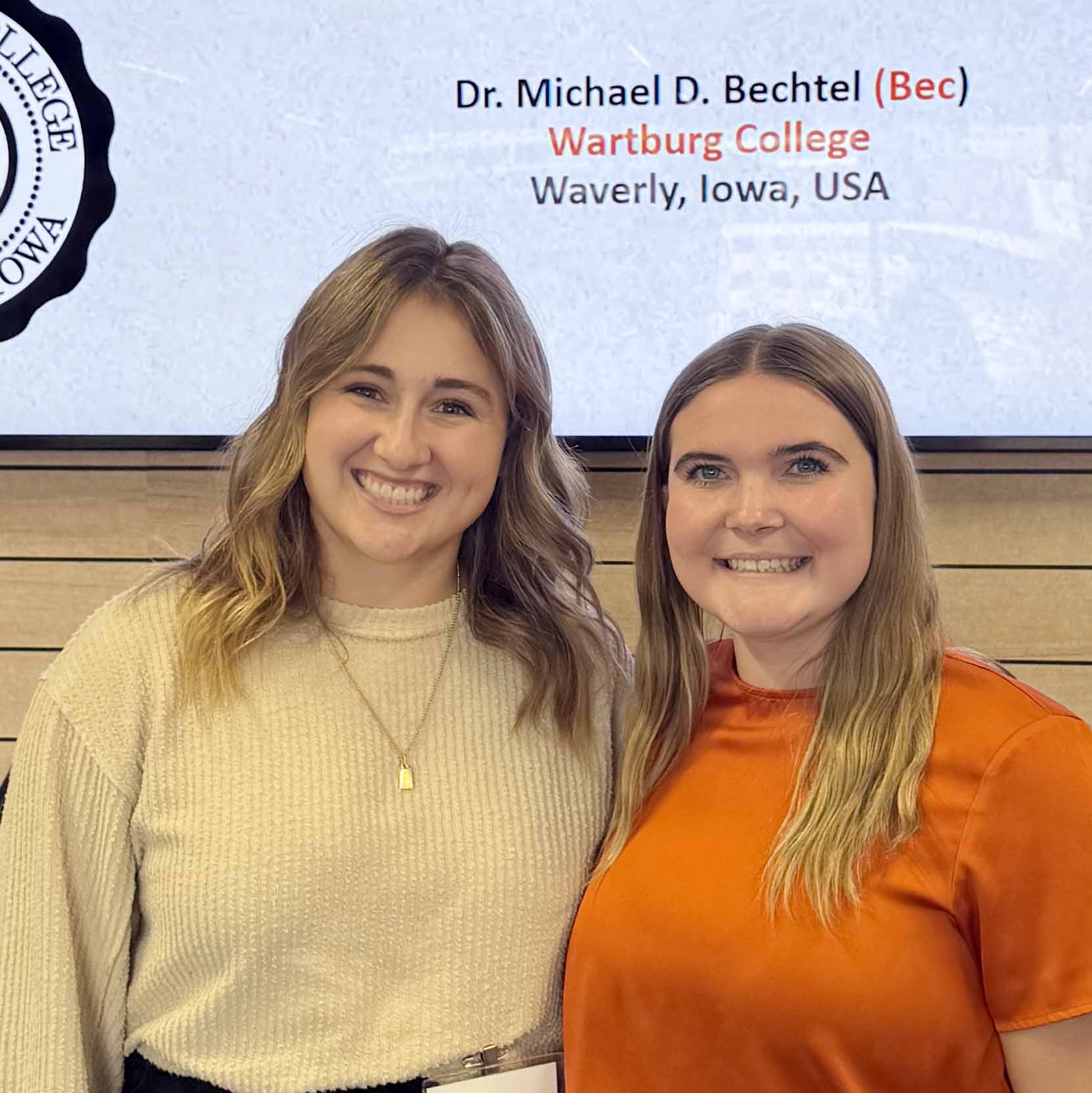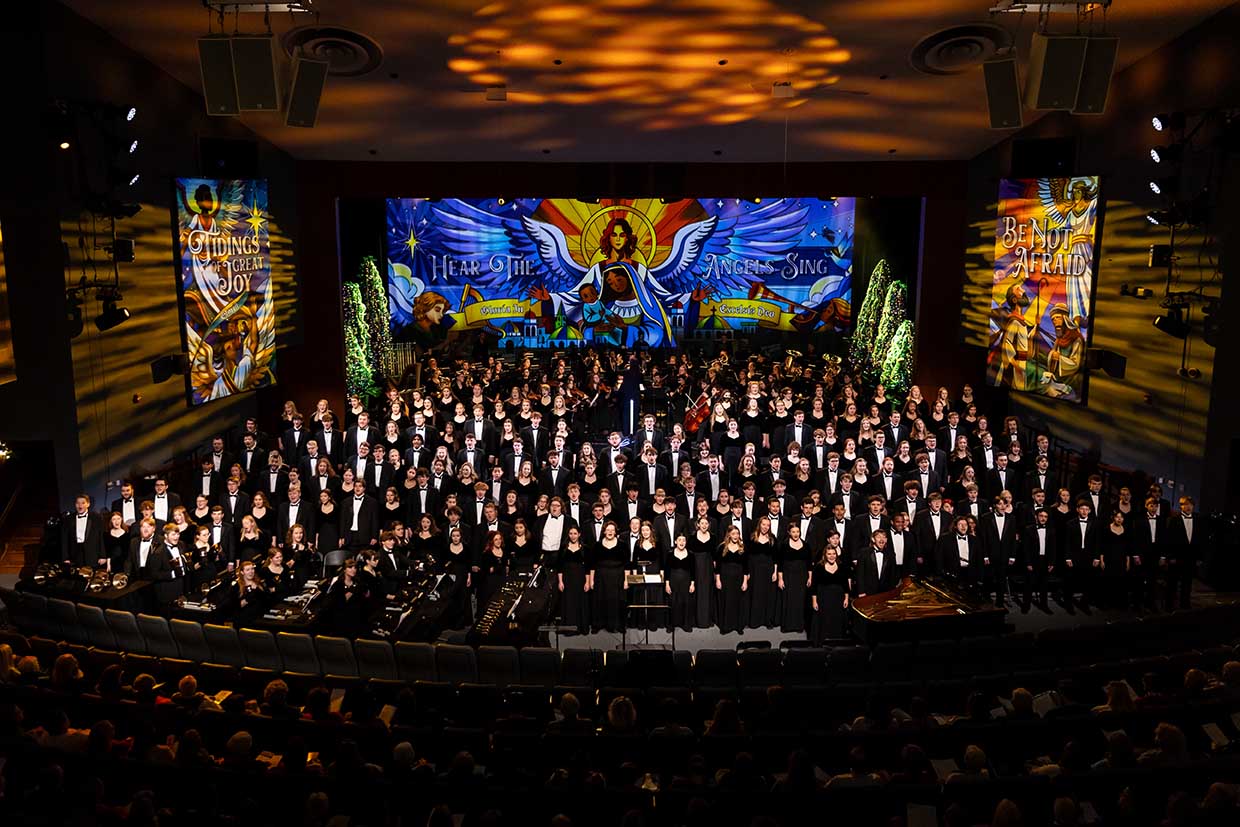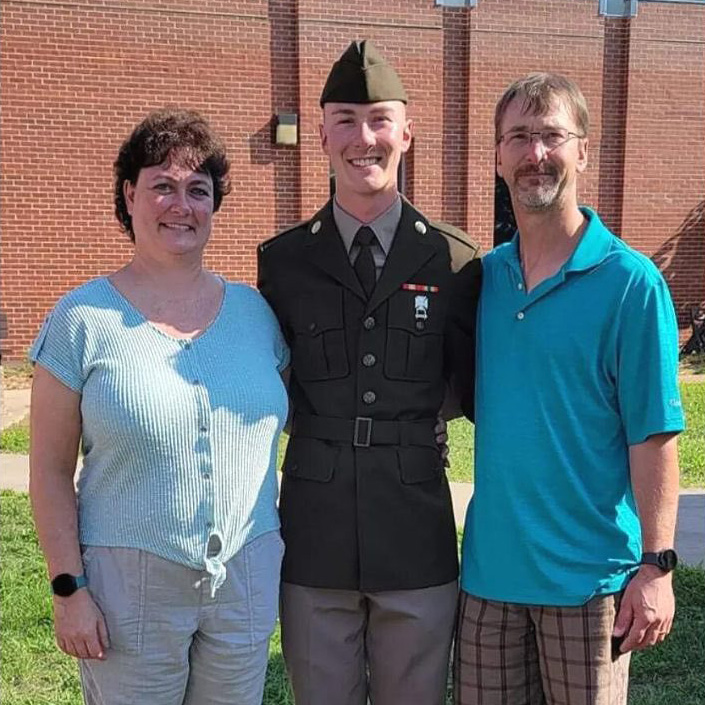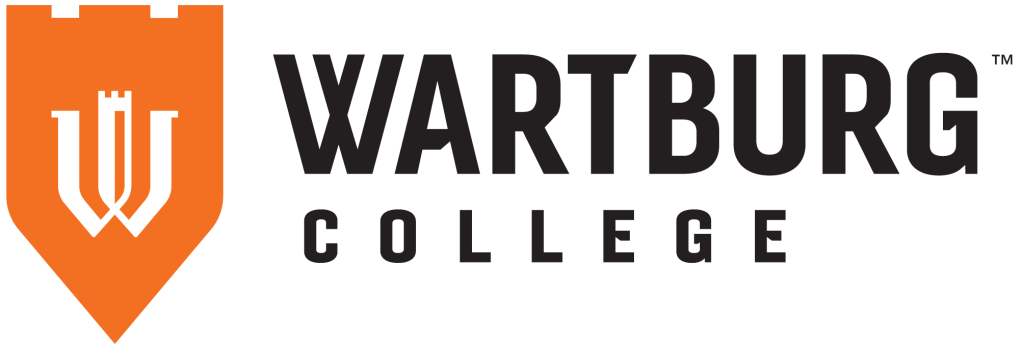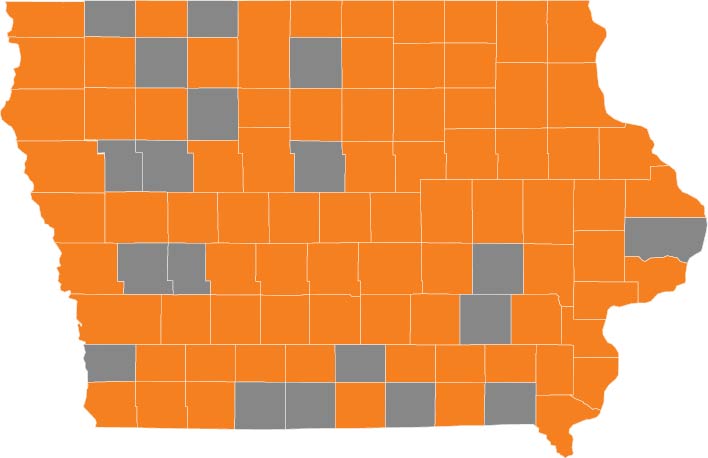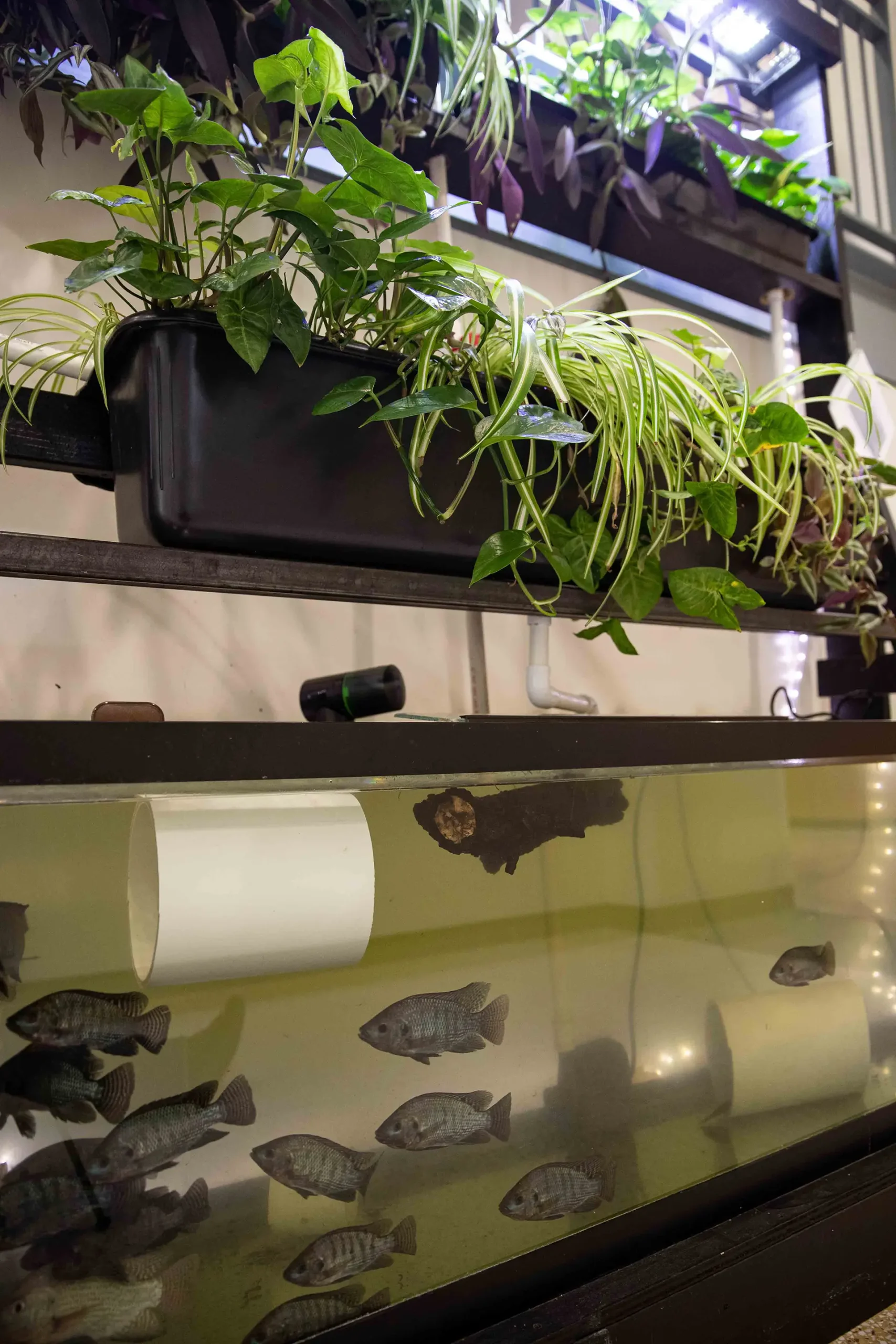
Ioponics
Associate Professor of Science Education Michael D. Bechtel works with several Wartburg student groups to bring plants and animals into the classroom in a very special way.
Educational aquaponics, specifically named Ioponics, is the combination of aquaculture (usually fish) and hydroponics (growing plants without soil) in an integrated system using aerobic bacteria that transforms fish waste (NO21-) into nutrients (NO31-) for plants. The process involves a hands-on, researchable process of raising aquatic animals and plants in a controlled micro-ecosystem within school walls. The system is coupled with NGSS, AFNR, and/or cross-curricular units and ancillaries for the pK-3, 4-8, and 9-12 grade levels.
Additional Resources
Still have questions or want to learn more about the Ioponics program, email ioponics@wartburg.edu or michael.bechtel@wartburg.edu.

